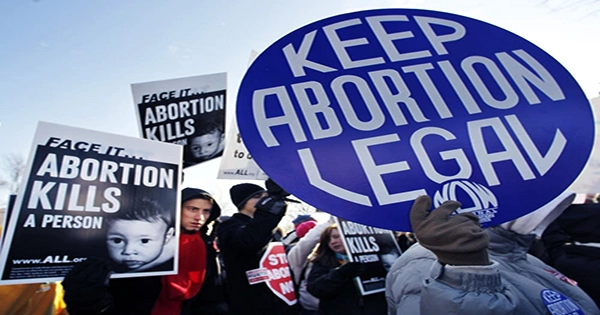Radiological warfare is the use of radiation, particularly ionizing radiation, as a weapon to harm individuals, communities, or the environment. It is any form of warfare that involves deliberate radiation poisoning or contamination of an area with radiological sources. This type of warfare can take many forms, including the use of radioactive materials to contaminate areas, water supplies, or food sources. The primary goal is to cause injury, illness, or death, either immediately or over time.
Radiological weapons are typically classified as weapons of mass destruction (WMDs), but they can also be targeted specifically, as in the Russian FSB’s use of radioactive polonium-210 to poison Alexander Litvinenko. Several countries have expressed interest in radiological weapons programs, several have pursued them actively, and three have conducted radiological weapons tests.
There are two main types of radiological warfare:
- Radiological Dispersal Devices (RDDs): RDDs, also referred to as “dirty bombs,” are conventional explosives mixed with radioactive materials. When the explosive device is detonated, radioactive particles are dispersed over a large area. The immediate impact of the explosion may result in blast injuries, while the radioactive material dispersed may cause long-term health effects and contamination of the affected area.
- Radiological Weapons (RWs): Radiological weapons, unlike RDDs, are designed to emit radiation without the use of conventional explosives. Devices that emit ionizing radiation or release radioactive materials in a controlled manner, affecting specific areas or individuals, may be included among these weapons.
Due to the potential long-term health effects of ionizing radiation exposure, the difficulty in decontaminating affected areas, and the psychological impact on affected populations, radiological warfare poses significant challenges and risks. It should be noted that the use of radiological weapons is widely regarded as a violation of international law, including the Chemical Weapons Convention (CWC) and the Biological Weapons Convention (BWC).
International agreements, such as the Treaty on the Non-Proliferation of Nuclear Weapons (NPT), which aims to prevent the spread of nuclear weapons and promote peaceful uses of nuclear energy, are among the efforts to prevent radiological warfare. Various organizations and initiatives are also working to improve global preparedness and response capabilities in order to mitigate the potential consequences of radiological incidents.
















